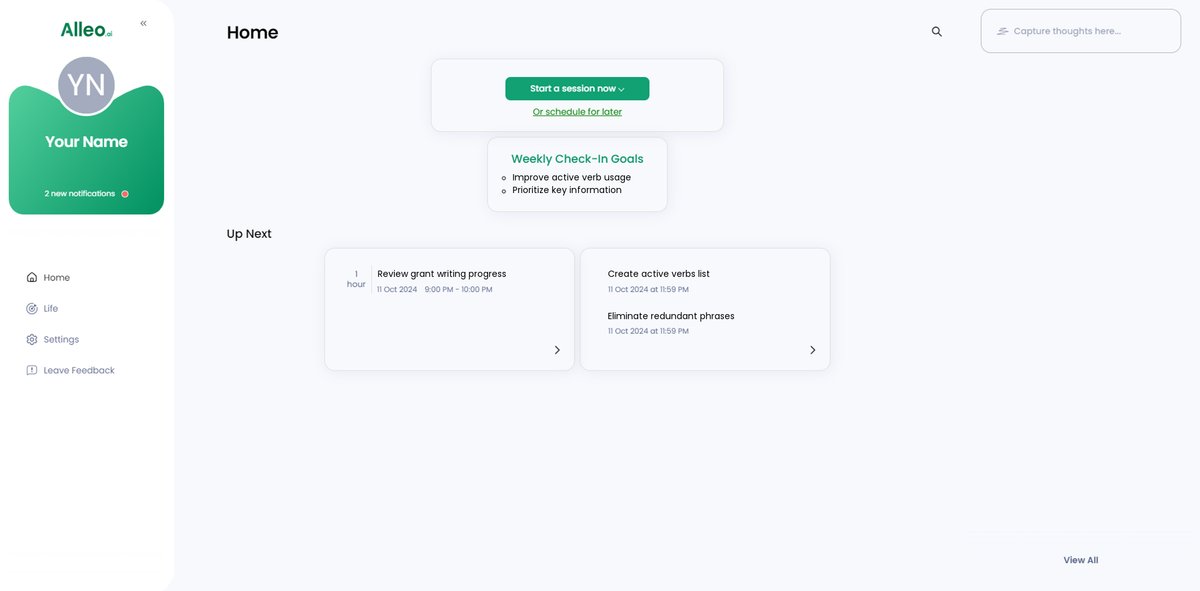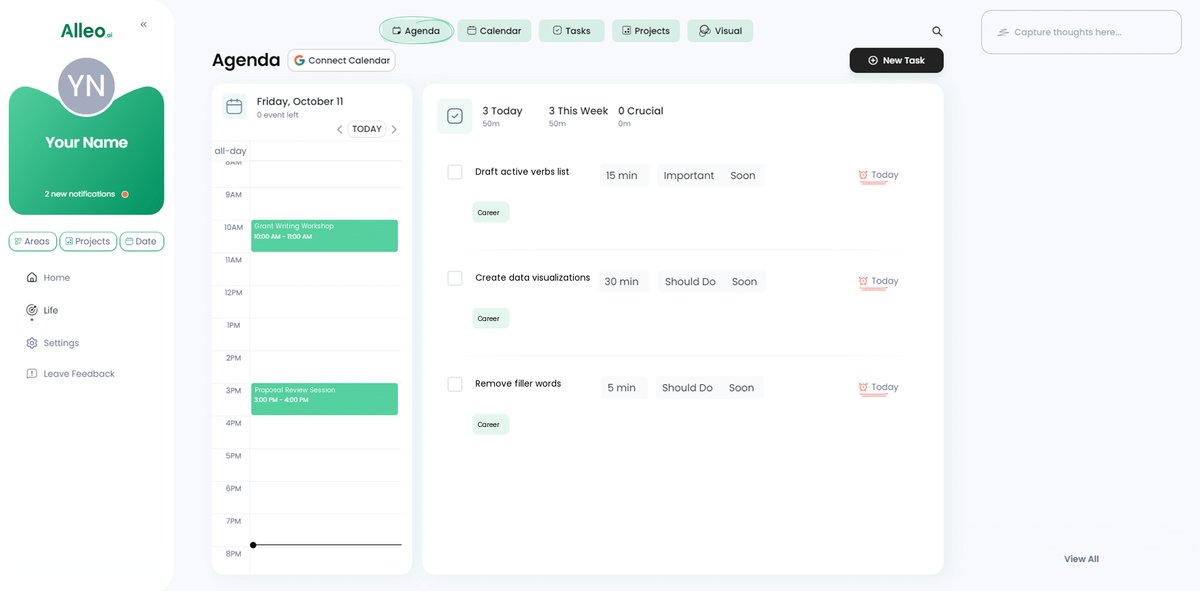6 Powerful Grant Writing Tips for Crafting Compelling, Concise Applications
Are you struggling to fit all the necessary details into your grant application due to strict word limits? Grant writing word limit strategies can help you overcome this challenge.
As a life coach, I’ve helped many nonprofit leaders navigate these challenges. I often see the difficulty in balancing precision and clarity in grant writing. Effective grant writing strategies are crucial for creating clear and persuasive grant applications.
In this article, you’ll find specific strategies to create concise yet compelling grant applications. You’ll learn tips on using active verbs, supporting claims with data, and eliminating filler words. These grant application optimization techniques will help you develop streamlined grant proposal writing skills.
Let’s dive into these impactful grant writing methods for succinct yet powerful grant proposals.

The Challenges of Meeting Word Limits in Grant Applications
Strict word limits on grant applications can be a nightmare. You often have to strip away adjectives and transition words, making your application less engaging. Mastering grant writing word limit strategies is crucial for success.
Many clients initially struggle with this balance when developing clear and persuasive grant applications.
When forced to cut words, essential details may be lost, weakening your proposal. I often see clients benefit from focusing on concise grant writing best practices, but it’s a tough adjustment.
Removing transition words can disrupt the flow, making your writing choppy. Effective grant writing strategies are essential for maintaining clarity.
This problem is not just about word count; it’s about maintaining clarity and impact. Effective communication is crucial for convincing funders through compelling grant narrative tips.
Navigating these constraints requires strategy and precision. Grant application optimization and streamlined grant proposal writing are key to creating succinct yet powerful grant proposals.

Key Steps to Crafting Concise Yet Compelling Grant Applications
Overcoming the challenge of strict word limits requires a few key steps. Here are the main areas to focus on to make progress with grant writing word limit strategies:
- Use Active Verbs to Convey Action Concisely: Replace passive voice with active verbs for clarity in your grant proposal techniques.
- Prioritize Key Information for Each Section: Highlight the most critical points first, a crucial aspect of effective grant writing strategies.
- Leverage Data to Support Claims Efficiently: Use recent, relevant data to back up statements in clear and persuasive grant applications.
- Craft Compelling Topic Sentences for Paragraphs: Write strong topic sentences to guide the reader, adhering to concise grant writing best practices.
- Employ Bullet Points for Clear, Concise Lists: Break down complex information into digestible pieces for grant application optimization.
- Eliminate Redundancies and Filler Words Ruthlessly: Review and edit to remove unnecessary words, a key step in streamlined grant proposal writing.
Let’s dive into these grant writing word limit strategies!
1: Use active verbs to convey action concisely
Using active verbs can significantly reduce word count and enhance clarity in your grant application, which is crucial for effective grant writing strategies that adhere to grant writing word limit strategies.
Actionable Steps:
- Replace passive constructions with active verbs. For example, change “The project will be managed by our team” to “Our team will manage the project.” This is one of the key grant proposal techniques for creating clear and persuasive grant applications.
- Create a list of common passive phrases and their active counterparts for quick reference during editing, a useful tool for grant application optimization.
- Conduct a verb audit on your application to ensure active verbs are used throughout, aligning with concise grant writing best practices.
Explanation: Using active verbs makes your writing more direct and engaging, which is crucial when adhering to strict word limits and implementing grant writing word limit strategies.
This approach helps maintain clarity and ensures that your proposal resonates with reviewers, contributing to compelling grant narrative tips.
According to the NIH, writing at a level understood by an educated audience allows your great idea to stand out, which is essential for impactful grant writing methods.
Implementing these steps will streamline your writing, making your grant applications more compelling and effective, in line with streamlined grant proposal writing techniques.
2: Prioritize key information for each section
Prioritizing key information in each section of your grant application is a crucial grant writing word limit strategy that ensures you present the most important details first, making your proposal more effective and compelling.
Actionable Steps:
- Identify the most critical points: Focus on the top three points you need to convey in each section to make your argument strong, applying effective grant writing strategies.
- Use a hierarchical structure: Start with the most important information and follow with supporting details to maintain a logical flow, a key technique for clear and persuasive grant applications.
- Develop a checklist: Create a checklist of essential elements to ensure no crucial information is omitted, adhering to concise grant writing best practices.
Explanation: Prioritizing key information helps you maintain clarity and impact even with word constraints, a vital aspect of grant application optimization.
This approach ensures that reviewers quickly grasp the essential points of your proposal, aligning with compelling grant narrative tips.
According to the Springfield Foundation, a well-structured application can make a significant difference in the success of your grant.
By applying these steps, you will highlight the most critical aspects of your project, making your grant application more compelling to funders through streamlined grant proposal writing and impactful grant writing methods.
3: Leverage data to support claims efficiently
Using data effectively in your grant application can substantiate your claims and enhance credibility, which is crucial when working within grant writing word limit strategies.
Actionable Steps:
- Use recent and relevant data: Integrate current and pertinent data to back up your statements. This ensures your arguments are grounded in reality and supports clear and persuasive grant applications.
- Create concise data visualizations: Develop clear charts or graphs to convey complex information quickly and efficiently, adhering to concise grant writing best practices.
- Cite reputable sources: Refer to authoritative sources sparingly to avoid overwhelming the reader while maintaining trust, an essential aspect of effective grant writing strategies.
Key benefits of leveraging data in your application:
- Enhances credibility of your proposal
- Provides concrete evidence for your claims
- Demonstrates thorough research and preparation
Explanation: Leveraging data efficiently allows you to make strong, evidence-backed claims without consuming too many words. This approach is vital for maintaining clarity and impact under word constraints, aligning with grant application optimization techniques.
According to the Springfield Foundation, well-structured applications that use data effectively can make a significant difference in the success of your grant.
Implementing these steps will ensure your grant application is both compelling and data-driven, making it more attractive to funders while adhering to streamlined grant proposal writing methods.
4: Craft compelling topic sentences for paragraphs
Crafting compelling topic sentences is crucial for ensuring each paragraph in your grant application is clear and impactful, especially when considering grant writing word limit strategies.
Actionable Steps:
- Start with a strong action verb: Begin each topic sentence with an action verb to immediately convey the main point, a key technique for effective grant writing strategies.
- Directly address the reviewer’s concerns: Ensure each topic sentence aligns with the grant reviewer’s interests and priorities, contributing to clear and persuasive grant applications.
- Summarize the paragraph’s main point: Clearly state the key message of the paragraph to guide the reader’s understanding, an essential aspect of concise grant writing best practices.
Explanation: Crafting effective topic sentences helps maintain clarity and flow in your writing, which is vital for grant application optimization.
This technique is crucial for engaging reviewers and making a strong case for your project, aligning with compelling grant narrative tips.
According to the USC Writing Guide, treating your introduction as an initial pitch helps set the tone for the entire proposal, supporting streamlined grant proposal writing.
By focusing on these steps, your grant application will become more coherent and persuasive, enhancing its chances of success and exemplifying impactful grant writing methods.

5: Employ bullet points for clear, concise lists
Using bullet points can help present complex information in a straightforward, digestible format, which is crucial for effective grant writing strategies.
Actionable Steps:
- Break down complex ideas: Use bullet points to simplify and organize detailed information into manageable pieces, enhancing grant proposal techniques.
- Limit to one main idea: Ensure each bullet point covers a single concept to maintain clarity and focus, a key aspect of concise grant writing best practices.
- Organize logically: Arrange bullet points in a logical sequence to aid reader comprehension and flow, supporting clear and persuasive grant applications.
Explanation: Employing bullet points efficiently highlights essential information while keeping your writing concise and clear, aligning with grant writing word limit strategies.
This approach aligns with industry trends, emphasizing the importance of clear communication in grant applications and supporting streamlined grant proposal writing.
For more tips on structuring your application, visit the Springfield Foundation.
Bullet points can transform your grant application, making it easier for reviewers to grasp your key points quickly, contributing to impactful grant writing methods and succinct yet powerful grant proposals.

6: Eliminate redundancies and filler words ruthlessly
Eliminating redundancies and filler words is crucial for making your grant application clear and impactful, especially when dealing with grant writing word limit strategies.
Actionable Steps:
- Review and edit meticulously: Remove redundant phrases and filler words. For instance, replace “in order to” with “to.” This is a key grant proposal technique for streamlined grant proposal writing.
- Use synonyms: Choose more straightforward language to convey the same meaning in fewer words, enhancing your effective grant writing strategies.
- Focus on brevity: Conduct a final read-through to ensure every word adds value and enhances clarity, a crucial aspect of concise grant writing best practices.
Common filler words to avoid in clear and persuasive grant applications:
- Actually
- Basically
- Literally
- Very
Explanation: These steps help in maintaining a concise and compelling narrative, which is essential for effective communication and grant application optimization.
According to the Instrumentl blog, clear language aligns your project with the funder’s mission, making your proposal more persuasive. This aligns with impactful grant writing methods.
By implementing these tips, you ensure that your grant application is both succinct and engaging, increasing its chances of success. These compelling grant narrative tips are crucial for creating succinct yet powerful grant proposals.
These strategies will help you craft a strong, concise grant application, ready for submission, while adhering to grant application clarity techniques.

Partner with Alleo for Your Grant Writing Success
We’ve explored the challenges of grant writing under strict word limits and provided actionable tips for effective grant writing strategies. Did you know you can work with Alleo to make this process easier and master grant writing word limit strategies?
Set up an Alleo account and create a personalized grant writing plan. Alleo’s AI coach will help streamline the process, offering tailored advice and feedback for clear and persuasive grant applications. Learn concise grant writing best practices to optimize your grant proposals.
You’ll receive follow-ups on your progress and reminders via text and push notifications, ensuring you stay on track with your grant application optimization efforts.
Ready to get started for free and enhance your compelling grant narrative techniques? Let me show you how to create succinct yet powerful grant proposals!
Step 1: Log In or Create Your Alleo Account
To begin your grant writing journey with Alleo, simply Log in to your account or create a new one if you’re a first-time user.

Step 2: Choose “Building better habits and routines”
Select “Building better habits and routines” to develop consistent practices that will streamline your grant writing process, helping you overcome word limit challenges and craft more compelling applications.

Step 3: Selecting the Life Area You Want to Focus On
Choose “Career” as your focus area to align your grant writing goals with professional development. By selecting this life area, you’ll receive tailored guidance on crafting compelling applications that highlight your career achievements and project management skills, directly addressing the challenges of meeting word limits in grant proposals.

Step 4: Starting a coaching session
Begin your grant writing journey with Alleo by initiating an intake session, where you’ll collaborate with the AI coach to create a personalized plan tailored to your specific grant application needs and goals.

Step 5: Viewing and managing goals after the session
After your coaching session, check the Alleo app’s home page to view and manage the grant writing goals you discussed, allowing you to track your progress and stay focused on creating a compelling, concise application.

Step 6: Adding events to your calendar or app
Use Alleo’s calendar and task features to track your progress on grant writing milestones, scheduling reminders for key deadlines and adding tasks for each section of your application to ensure you stay on top of your grant writing journey.

Wrapping Up Your Grant Writing Journey
Navigating strict grant writing word limit strategies can indeed be challenging. But with the right techniques, you can master concise yet compelling grant proposals.
Remember to use active verbs, prioritize key information, and support your claims with data. Crafting strong topic sentences and using bullet points can also make a big difference in creating clear and persuasive grant applications.
Eliminating redundancies and filler words will ensure your proposal remains impactful, adhering to effective grant writing strategies.
I understand the struggle and want to help you succeed with streamlined grant proposal writing.
Try implementing these concise grant writing best practices in your next application.
To make the process even smoother, consider using Alleo. It can guide you through every step of grant application optimization.
Ready to transform your grant writing? Give Alleo a try for free today and master succinct yet powerful grant proposals!